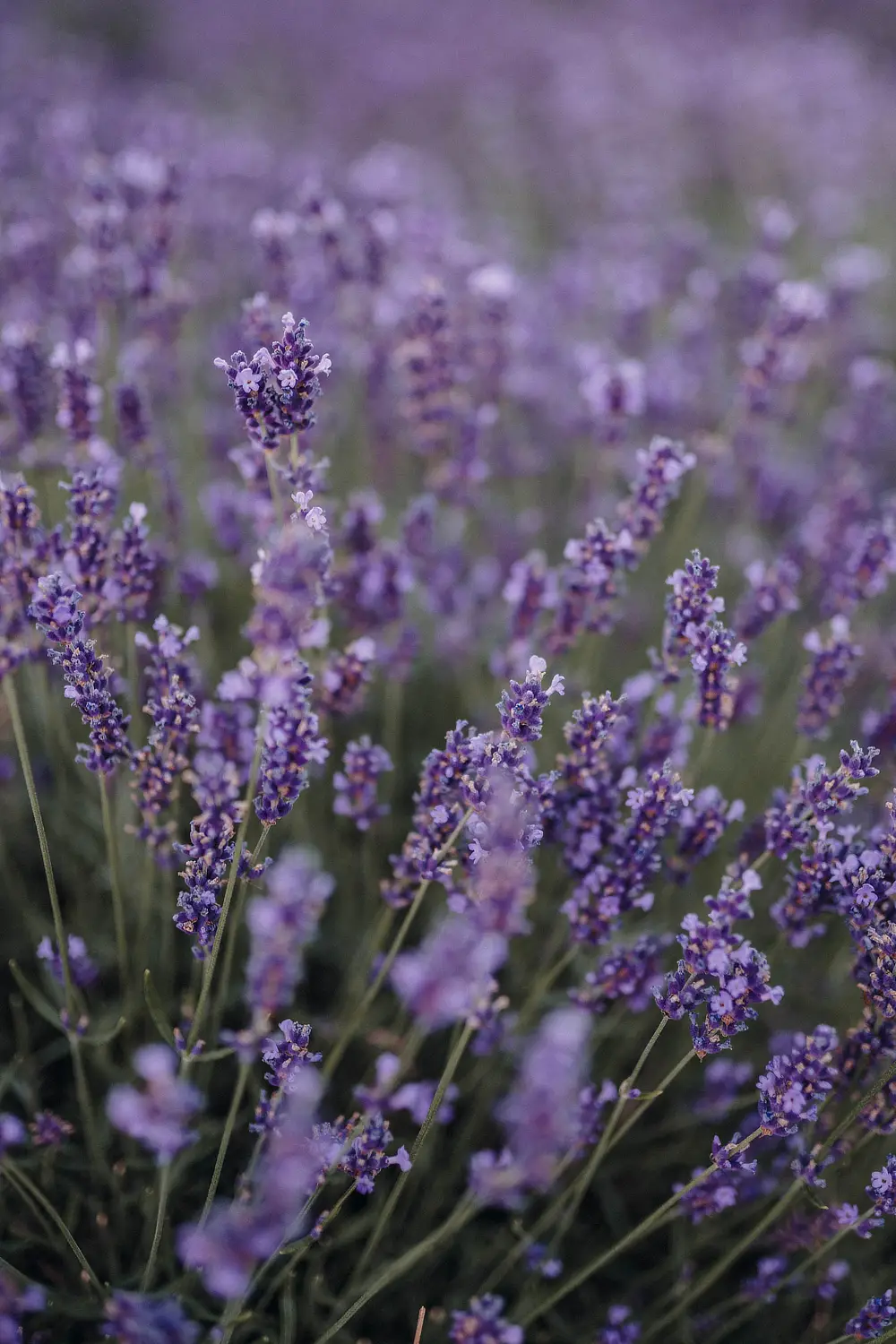I know at this time of year I look forward to sitting back in my green oasis and reading a book and what better than to accompany it with than the delicious scent of some seasonal blooms.
If you are looking for a feature tree that does it all then look no further than Backhousia citriodra or the Lemon Myrtle. This native beauty can be kept as a large shrub but will also be a small to medium tree if you leave it alone. It’s incredibly flexible with the type of soil you grow it in but prefers good drainage and a sunny position. If you are in a coastal spot, then improve the soil with some compost to help hold onto a little more moisture.
The lemon Myrtle is known for its aromatic foliage from which you can make a delicious tea but the late summertime flowers also come with a sweet fragrance and a delightful fluffy appearance. As this tree can provide some shade why not think about planting one with a bench seat under the canopy so the fragrance washes down around you whilst you stay out of the sun.
If you are looking for a shrub to plant around your new bench seat, then look no further than the Gardenia. Known for its highly fragrant blooms throughout summer this glossy green leaved shrub likes a semi shaded spot and a soil rich in organic matter, so in the dappled light under the canopy of trees is perfect. There are a few varieties available the most common G. florida is a medium shrub to 1.5 meters in height, if you are looking for something a little smaller than G. radicans is a low growing almost ground cover like plant that still provides a punch.
The tip for repeat flowering on a gardenia is to dead head as much as possible. As soon as a bloom turns from white to brown on the edges pluck it off the plant and this will promote more flowers to open. It also makes the plant look pristine as the spent flowers don’t look as pure. Gardenia plants like to be feed and you may notice yellowing of the leaves if malnourished. An all-purpose slow release should do the trick but once a year add a watering can full of trace elements to them and they will be the best looking in the street.
For a sunny spot in a high traffic area such as lining a pathway I love to use Lavender. This plant loves a Mediterranean climate, which is dry and hot – much like large parts of WA. It also likes very good draining soil and will not tolerate wet feet. There are lots of varieties of lavender available from French and Italian to Spanish and English so don’t get put off by getting the right one – take a look at the flowers and make sure you run your hands through the blooms to fully understand the individual scent and then get the one you like the most!
I like to combine Lavender with creeping thyme as they like very similar growing conditions and will help to give you a layered textured look to your planting. The Thyme will grow as a ground cover that can spill out onto your pathways so as you walk on the foliage the scent is released into the air playing with all your senses.
Perennial Phlox is another winner for exquisite fragrance, this old-fashioned plant often used as an annual adds cheer to every garden or pot its planted in. Traditionally in white new hybrids come in a range of colour from pinks, purples and mauves through to blushing rose tones and of course the standard angelic white too. The new varieties are prolific bloomers and longer lived liking a hot spot in the garden although they benefit from a little shade from the hot afternoon sun as this will keep the flowers looking their freshest for longer. Improve the soil well with organic matter and add a good handful of blood and bone to the soil when planting. I then supplement this feed with a fruit and flower liquid feed every 7-10 days to give these heavy feeders all they need through the growing and blooming period.


